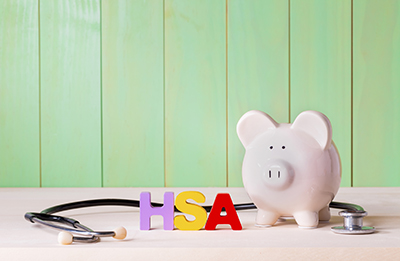The annual contribution limits for health savings accounts (HSAs) are going up in 2018, the Internal Revenue Service (IRS) announced May 4. The minimum deductibles and maximum out-of-pocket limits for an HSA-eligible high-deductible health plan (HDHP) also will be increased for inflation, according to Revenue Procedure 2017-37.
For a Limited Time receive a
FREE Compensation Market Analysis Report! Find out how much you should be paying to attract and retain the best applicants and employees, with
customized information for your industry, location, and job.
Get Your Report Now!
 For self-only plans, the contribution limit (employer + employee) for calendar year 2018 is $3,450; this represents a $50 increase over the 2017 limit. For family plans, the 2018 limit is $6,900, a $150 increase from 2017.
For self-only plans, the contribution limit (employer + employee) for calendar year 2018 is $3,450; this represents a $50 increase over the 2017 limit. For family plans, the 2018 limit is $6,900, a $150 increase from 2017.
For 2018, the IRS is defining an HDHP as one with an annual deductible of not less than $1,350 for self-only coverage or $2,700 for family coverage (compared to $1,300 and $2,600, respectively, for 2017). Annual out-of-pocket expenses (deductibles, copayments, and other amounts not including premiums) for 2018 cannot exceed $6,650 for self-only coverage or $13,300 for family coverage (versus $6,550 and $13,300).
Note that the 2018 out-of-pocket limits are different for Affordable Care Act compliance, at $7,350 for self-only plans and $14,700 for family plans, as indicated in the U.S. Department of Health and Human Services’ “Notice of Benefit and Payment Parameters” rule (81 Fed. Reg. 94058, Dec. 22, 2016).